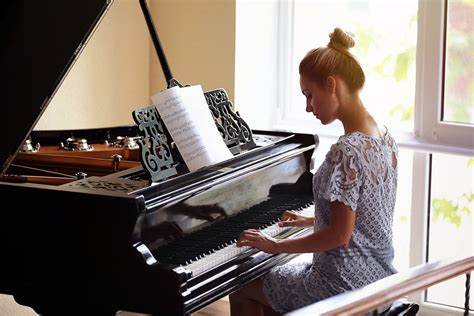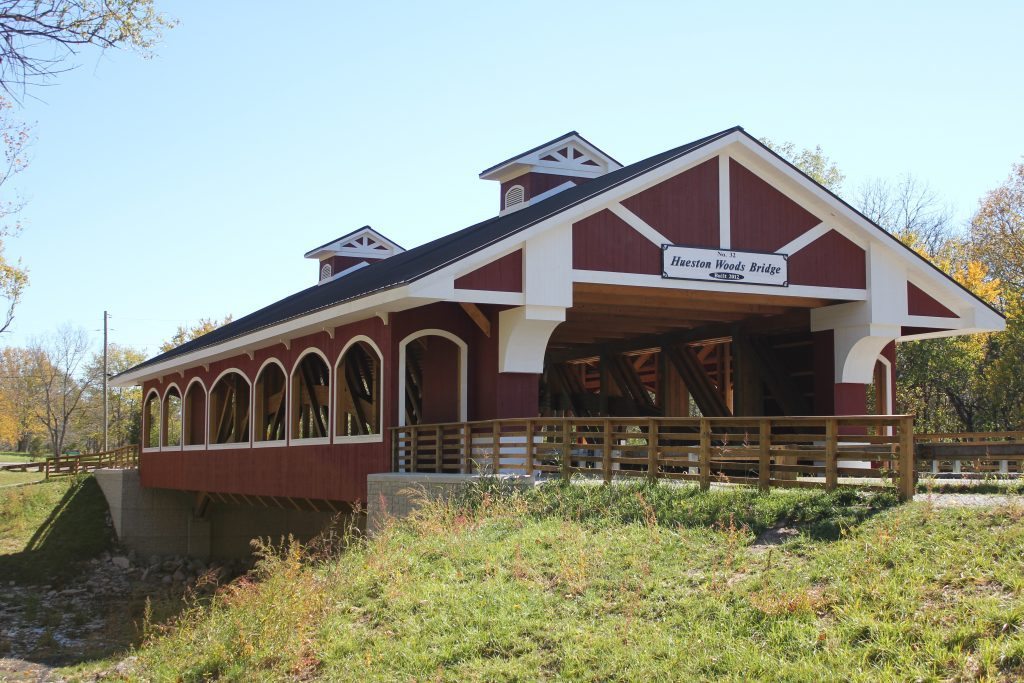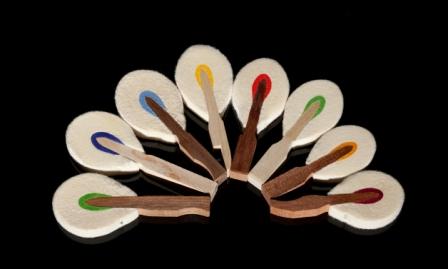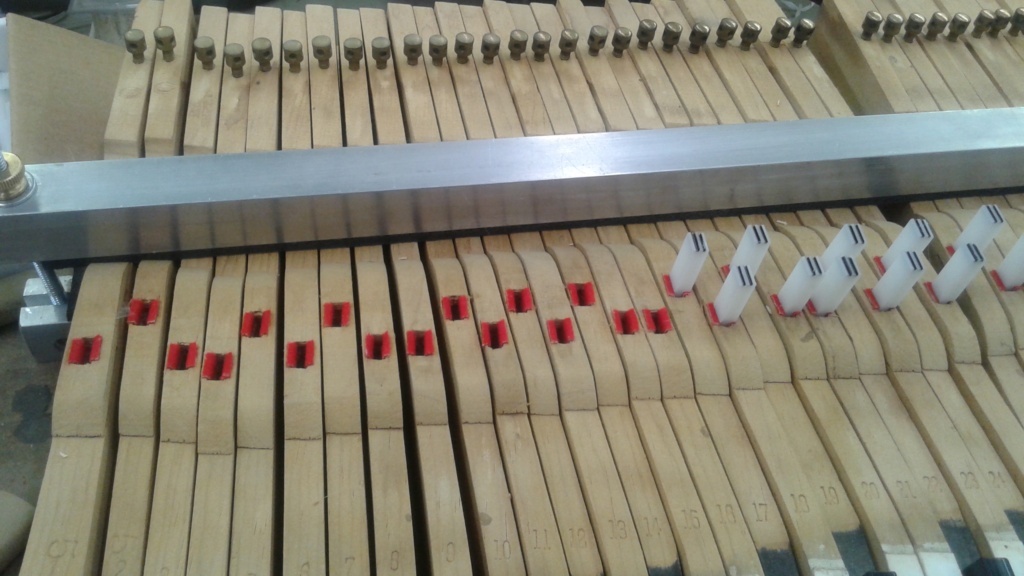
How to Buy a Piano (Part 3)
In this issue of ‘How to Buy a Piano’ we describe some of the key design elements for which you should look when purchasing a piano. This will not be an exhaustive list. These elements provide here are clues as to the character and usability of an instrument.
Before we begin it should be noted that these are my ideas. Some technicians will share them, others will eschew them. I do not claim any special dispensation that gives me any more authority than a number of very qualified technicians. I study piano design continually, pursuing the sometimes elusive knowledge of how a piano works and why. My opinions have been formed by working with pianos and observing which mechanisms perform well. As always, your mileage may vary.
Piano Design
Few mechanisms are designed with more inter-dependent elements than a piano. This makes discussing any one element without chasing rabbits quite difficult. If we start discussing soundboards, we really should discuss the bridge construction as it transfers the soundwaves to the soundboard which then couples those waves to the air so the piano can be heard on the back row. But then, if there is a discussion on bridge construction, we should probably discuss the angle of the strings (known as down bearing) as they cross the bridge. Let us just dive in and talk about three design elements you can easily see and judge for yourself; Bridge Construction, Hammers, and Bushings. We will assume (and we all know what that means) if a manufacturer pays attention to these elements they will have paid close attention to the related items as well.
Bridge Construction

Key to a piano’s performance is the design and construction of the bridge. It is one of the easier elements to see when the lid is opened (grand) or the lower front board (upright) is removed. The purpose of the bridge is to transfer the movement of the strings to the soundboard. There are a number of theories as to what materials and configurations are best at this. The main thing is the more vibration we can transfer to the soundboard and the longer we can sustain those vibrations, the better we like the sound. Here are some things to look for:
- The bridge pins should be tight with no cracks in the wood around their base. Loose bridge pins make tuning the piano difficult and dissipate a certain amount of energy in side to side motion. This wasted motion usually results in a weak tone.
- The bridge cap should be solid and tightly glued to the bridge core. While the cap is often made of maple or some other hardwood, the bcore can be made of a number of different stiff materials. Some manufacturers have cut holes or other designs in the bridge core. This is similar to allowing plumbers to drill holes through joists in a house. The hole is calculated to allow the pipes access without compromising the weight carrying capacity of the joists. In a bridge core, it allows the bridge to easily transfer the string vibrations due to the reduced weight without compromising the stiffness of the bridge itself.
- The notches in the bridge must be clean and free of any substance that interferes with the movement of the string. It has become popular to coat the bridge cap with clear epoxy. This is a good idea when executed properly. It seals the wood causing it to last much longer and making it more resistant to cracking or any other adverse movement. If material is allowed to build up in the notch, it will change the speaking length of the string as well as muffle its sound. Look for clean bridge notches that allow the strings to vibrate freely.
- When sighting down the strings, you should see a slight angle over the bridge cap. This indicates that the strings are bearing down on the bridge. How much of an angle? I would rather be the cause of World War III. Let us just say there should be some angle and let the others argue about how much.
Hammers
There is no more crucial design element in a piano than the hammers. At the same time, there is no other element more neglected than the hammers. The hammers are the tires of a piano. They help translate a musician’s motions to the strings. A consumable item, they should be replaced when they no longer sound clear and crisp.
A worn set of racing slicks indicates a car has used the tires. It says nothing about how fast the car ran, how straight it stayed on the track, or little else about the performance of the car. It says they are worn and need replacing. They might have been made of superior materials. They may have had years of research behind them to keep the car running straight. Or they may have been cheap and, while they looked like the other tires, they did not perform well.
The same is true of hammers. A worn set of hammers needs to be replaced. It says nothing about how resilient they were in striking the string, how hard they were played, or little else about the performance of the piano. It says they are worn and need replacing. If you are told the piano was lightly used and the hammers are worn, there is one of two issues that need to be investigated.
- The hammers were lightly used but are made of poor quality materials and have deteriorated quickly. While not a direct indication the rest of the parts are inferior, it is seldom a manufacturer with use cheap hammers and expensive wippens. The cost of a good set of wippens is usually in the $1500 range or more. A set of cheap hammers is usually around $200.
- Despite the statement, the piano was played quite hard and the hammers are worn. The question here is what other parts have been adversely affected by hard playing?
Bushings
Bushings are the buffer between wood and metal parts that allows movement. They prevent the metal from being worn. The quality of felt and their installation determine if this design element is effective.
There are a number of bushings at various points throughout the action. Testing the key bushings will not divulge the condition of most of the other bushings. However, if intense playing has worn the key bushings, it will have likely had an impact on some, if not all, of the other bushings in the piano action.
Pinch the end of a natural key and wiggle it lightly from side to side. There should be some slight movement as you are compressing the felt bushings. But it should not be much or the key will ‘wobble’ when it is played. If this bushing is worn, it is likely others, like the balance rail bushings, will be worn as well. Since the middle of the keyboard is used much more often, this is the best place for testing bushings.
Wrap Up

We can fix all of these conditions and a myriad of others. At stake is the purchase price compared with the cost of fixing the items that will need attention. When purchasing a new piano it is essential to find one made of good materials and constructed with good design. This will help it last longer, play better, and retain its market value.
Do your research. No other part of the purchase process will prepare you for your purchase or ownership as good, constructive, research. If you need help, contact a good technician and follow their advice. If you do not have a technician, call Campbell Piano Shop and we will be glad to help you find your next piano.


